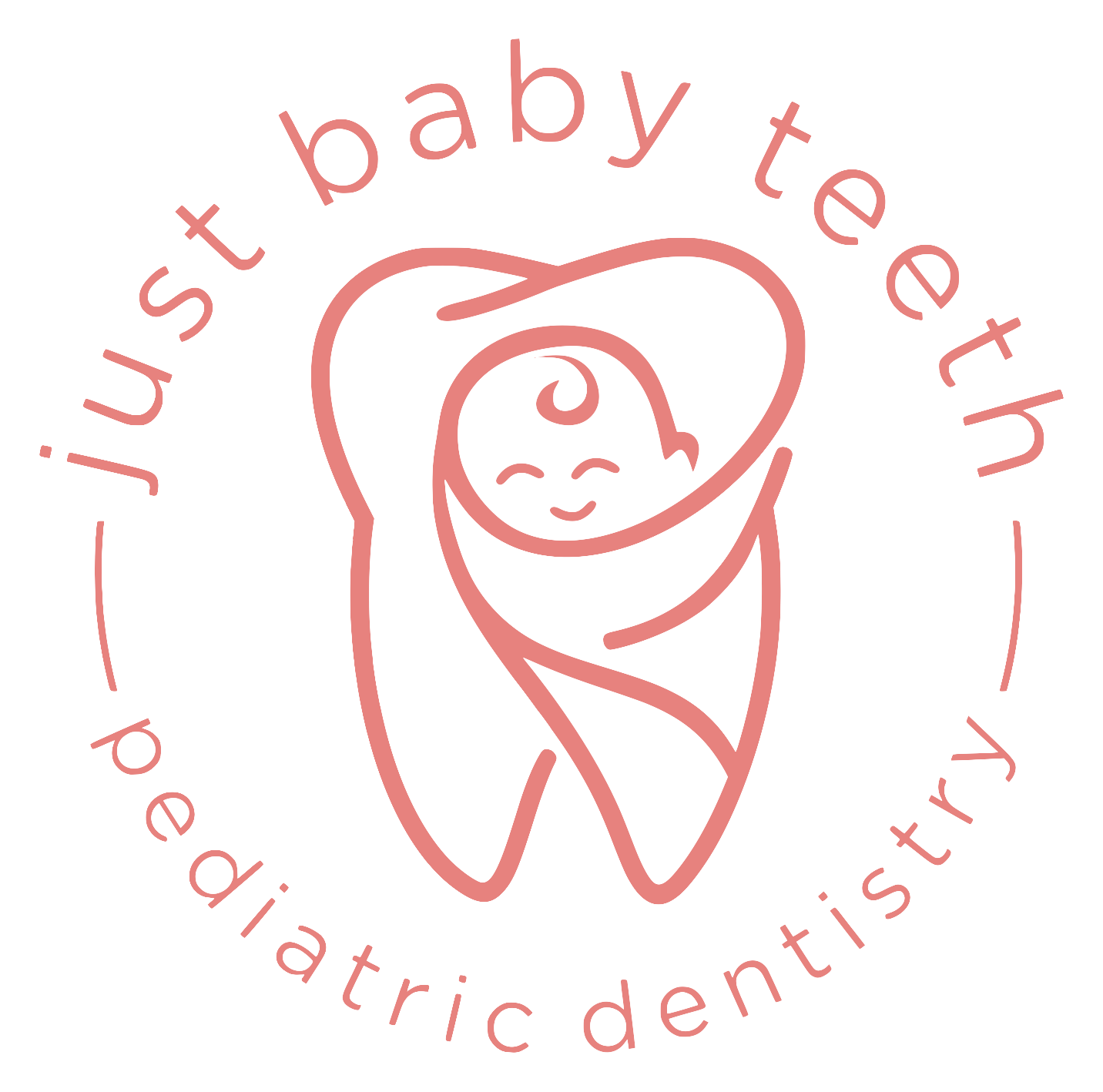Why Does My Toddler Have Gaps Between Their Baby Teeth? (And Why That’s a Good Thing!)
It’s completely normal for toddlers to have gaps between their baby teeth. In fact, these spaces are a natural and beneficial part of your child’s oral development. As a parent, you may wonder whether these gaps will affect your child’s future smile, and at JustBabyTeeth Pediatric Dentistry in Teaneck, NJ, we’re here to put your mind at ease.
Why Do Toddlers Have Gaps Between Their Baby Teeth?
Gaps between baby teeth are actually a sign of a healthy developing smile. Here’s why:
Baby teeth are smaller than permanent teeth: Your child’s baby teeth serve as placeholders for their much larger adult teeth. The gaps allow room for the permanent teeth to come in properly.
The jaw is still growing: Your toddler’s jaw expands as they grow, which naturally spaces out the teeth.
Tooth eruption sequence: Sometimes, teeth come in at different times, leaving temporary gaps until neighboring teeth emerge.
Labial frenulum (lip tie): A small tissue attachment above the upper front teeth can create a midline gap, which often resolves on its own as your child grows.
Genetics play a role: If spacing runs in your family, your child may naturally have gaps in their teeth, just like you or other relatives did at their age.
When Are Baby Teeth Gaps a Concern?
While gaps are usually normal, there are a few cases where a pediatric dentist should take a closer look:
Extra-large gaps: If a gap seems significantly larger than normal and isn’t closing as more teeth come in, it may indicate a missing or undersized tooth.
Missing teeth: If a baby tooth never comes in and there’s an unfilled gap, it’s important to check for an underlying issue.
Persistent front gap after permanent teeth erupt: If the gap between the top front teeth remains after the adult canines come in, a thick frenulum may be preventing closure.
Thumb-sucking or pacifier use: Prolonged habits can push teeth forward, creating gaps or misalignment.
Early tooth loss: If a baby tooth falls out too soon due to decay or injury, the surrounding teeth may shift, affecting spacing for adult teeth.
How Does Spacing Affect Permanent Teeth?
Spacing in baby teeth actually helps reduce crowding in permanent teeth. If baby teeth are tightly packed with no gaps, there may not be enough room for adult teeth, increasing the likelihood of orthodontic issues. A spaced primary dentition is considered ideal because it allows for a smoother transition to permanent teeth without misalignment.
How to Monitor and Care for Your Toddler’s Teeth
To ensure your child’s teeth and spacing develop properly, follow these tips:
Schedule regular dental checkups: The American Academy of Pediatric Dentistry recommends a child’s first dental visit by age 1. At JustBabyTeeth Pediatric Dentistry, we make these visits fun, stress-free, and informative for parents.
Maintain good oral hygiene: Brush twice daily with a smear of fluoride toothpaste and start flossing when two teeth touch.
Limit prolonged pacifier/thumb-sucking: Try to wean your child off these habits by age 2-3 to prevent bite and spacing issues.
Monitor tooth eruption: If certain teeth seem delayed or missing, bring it up during your child’s next dental visit.
Prevent early tooth loss: Keep baby teeth healthy to maintain their natural spacing function. Our services focus on preventive care to ensure long-term dental health.
When to See a Pediatric Dentist About Gaps
Most spacing issues resolve naturally, but if you have concerns about your child’s tooth gaps, our team at JustBabyTeeth Pediatric Dentistry is happy to evaluate their smile. We offer gentle, evidence-based, and minimally invasive treatments to ensure your child’s teeth develop optimally.
Schedule Your Child’s Visit Today
At JustBabyTeeth, we believe in making dental care stress-free, fun, and accessible for families in Teaneck, NJ. If you’re concerned about your toddler’s tooth gaps or just want a professional opinion, book an appointment online in just 2 minutes or give us a call today!

